Did you plant mugwort?
This sentence in English translates the Chinese phrase "你種艾草了嗎?" quite directly. Here, "you" is the subject, "plant" is the verb, and "mugwort" is the object. Mugwort, scientifically known as Artemisia vulgaris, is a common herb used in traditional medicine, particularly in East Asian cultures for moxibustion, a form of heat therapy.
Detailed Explanation:
-
Sentence Structure:
- The sentence follows a simple subject-verb-object (SVO) structure, which is typical in English.
- "Did" is used to form the past tense question, making it clear that the action is being asked about in the past.
-
Vocabulary:
- You: The second-person pronoun, addressing the person being spoken to.
- Plant: The verb in its base form, used here to inquire about the action of planting.
- Mugwort: The specific herb being referred to. In Chinese, "艾草" (ài cǎo) is commonly translated as "mugwort."
-
Context:
- This question might be asked in a context where gardening or herbal medicine is being discussed.
- It could be part of a conversation about traditional practices, health, or personal hobbies.
-
Cultural Significance:
- Mugwort has significant cultural and medicinal uses, especially in traditional Chinese medicine (TCM). It is often used in moxibustion, a technique where the herb is burned near the skin to stimulate acupuncture points.
- In some cultures, mugwort is also used for culinary purposes and as a natural insect repellent.
-
Alternative Phrasings:
- "Have you planted any mugwort?"
- "Did you grow any mugwort?"
- "Are you growing mugwort?"
-
Pronunciation:
- You: /ju?/
- Plant: /pl?nt/
- Mugwort: /?m?ɡ.w??rt/
By understanding these elements, you can better grasp the meaning and usage of the sentence "Did you plant mugwort?" in various contexts.
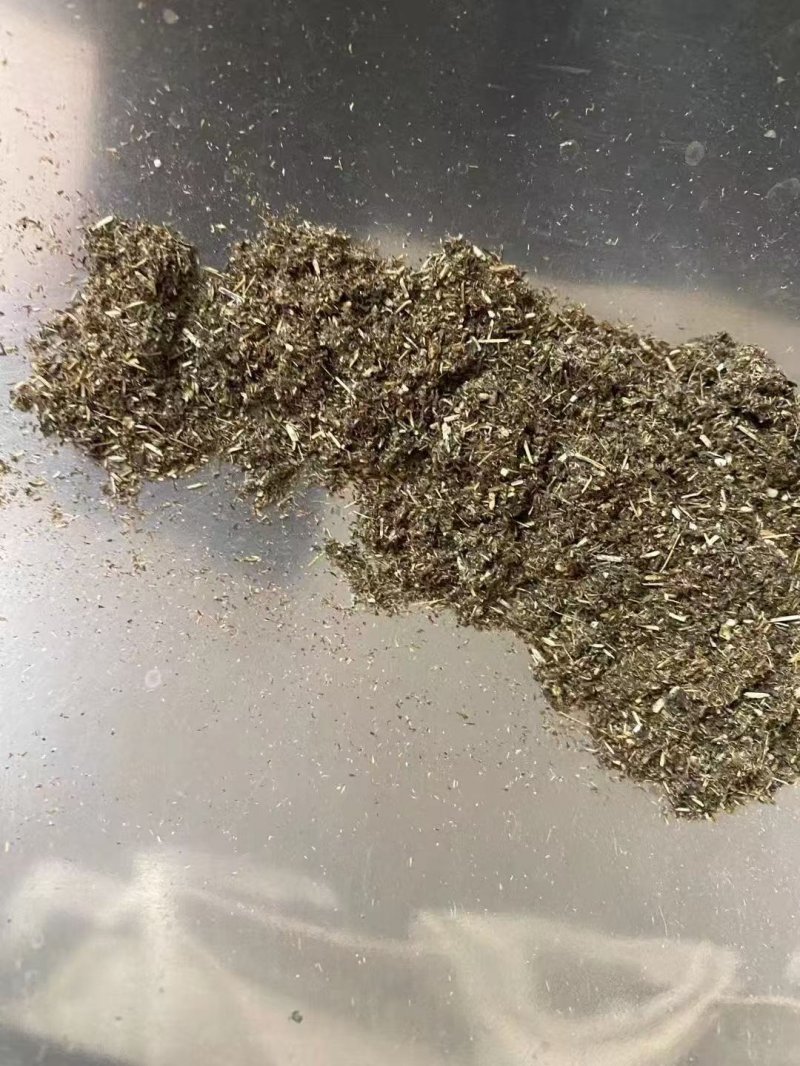
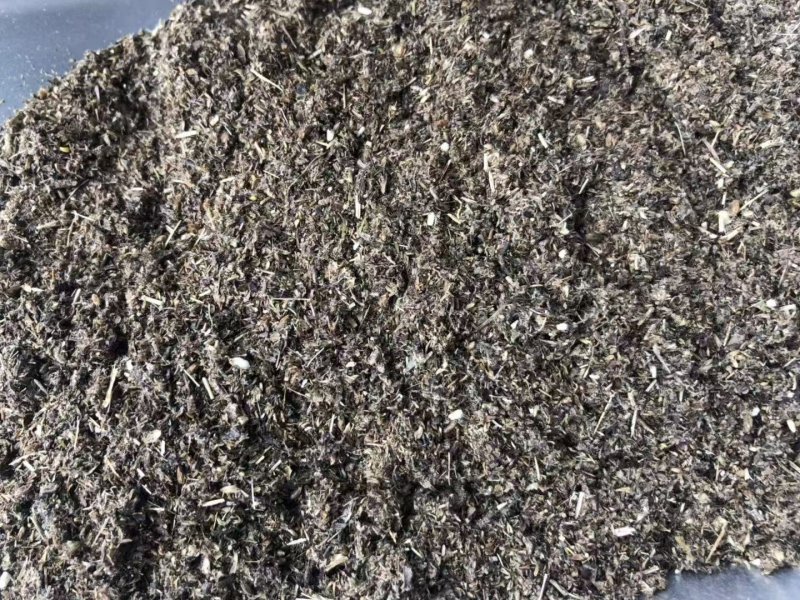


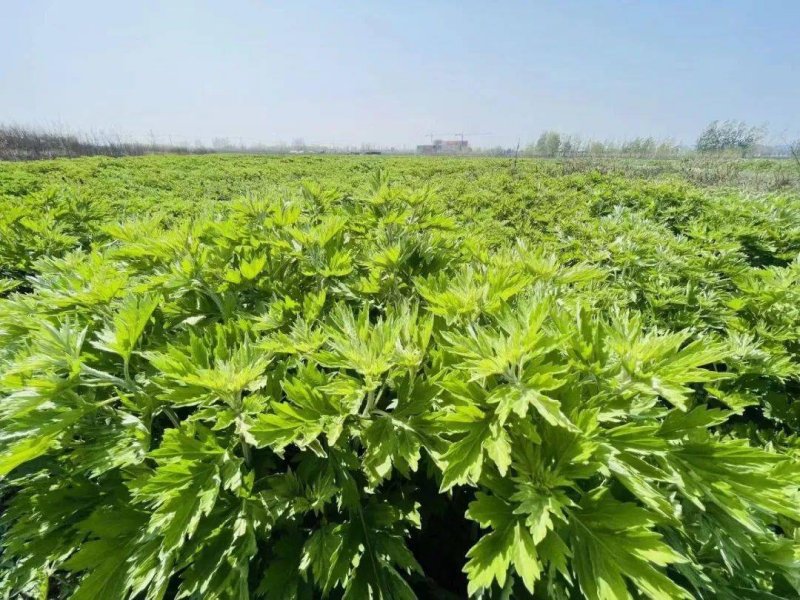
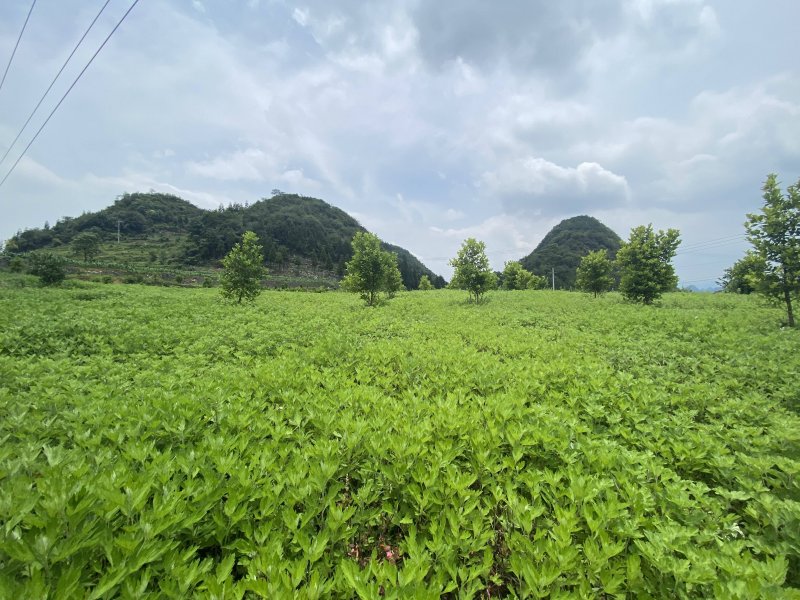



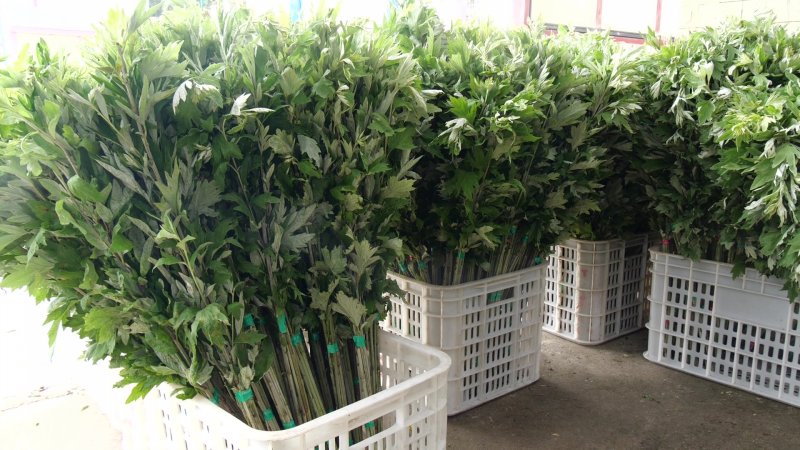
品名:艾草種子
高度:90~180cm
特點(diǎn):生長快,抗性好,產(chǎn)量高。
種植量:3~4kg/畝
種植期:春秋/視地區(qū)
適播地:排水通暢,光照充足,不挑土壤。
供應(yīng)規(guī)格:種子/小苗
